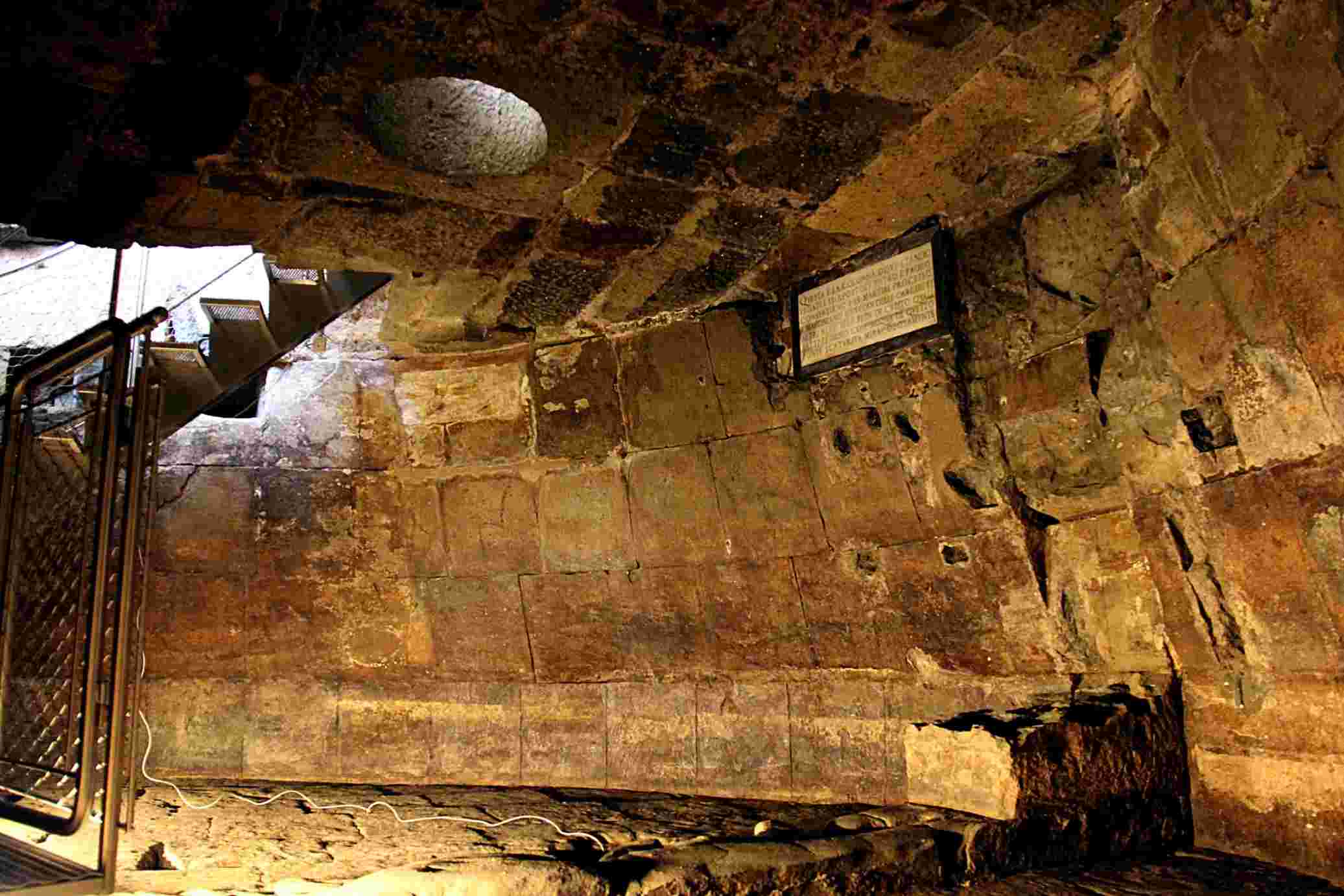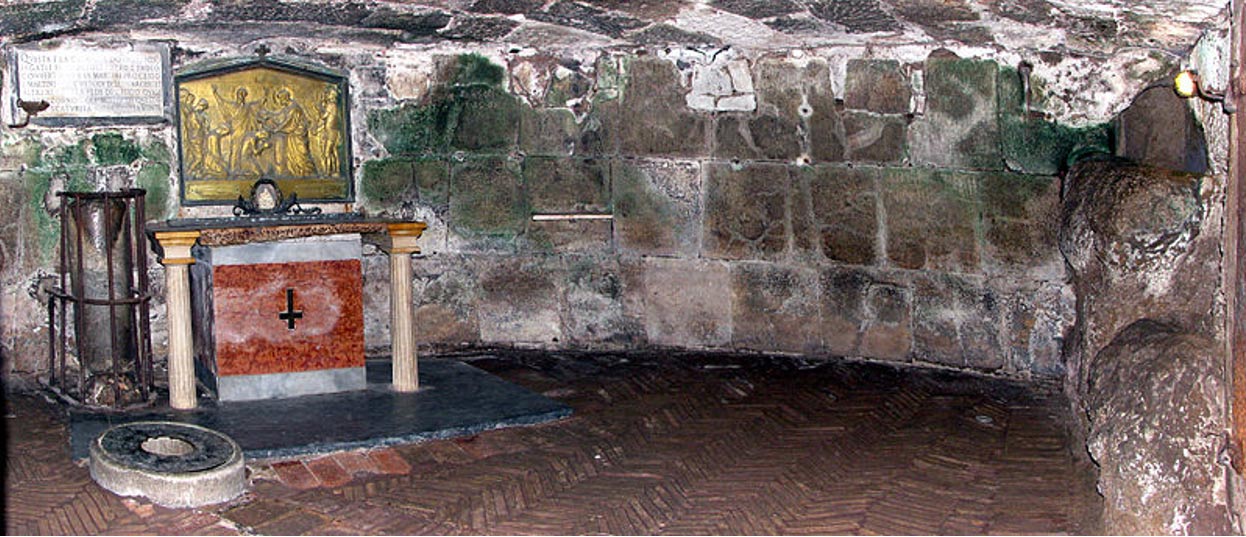Throughout history, Rome had a complex and evolving relationship with punishment and imprisonment. In the early days, prisons as we understand them today didn’t exist. People who broke the law were usually held temporarily until they went to trial or faced punishment. Serious crimes were often met with execution, especially for those from lower social classes. Prison became more common later during the imperial era, but mainly due to overcrowding.
As time went on, the Roman system underwent significant changes. The Twelve Tables, the earliest written law code, set the groundwork for Roman laws, listing harsh punishments for various crimes. Over the years, the Roman Empire built prisons like the Tullianum. This infamous place was known for its terrible conditions and was used both for executions and to hold prisoners. House arrests, private jails for debtors, and temporary imprisonments by officials were other methods used to confine individuals. This shift in practices reflects how Roman perspectives on confinement evolved alongside their growing empire.
Key Takeaways
- Early Roman punishment involved executions and temporary holding cells.
- Prisons grew in number during the imperial age due to overcrowding.
- Notorious prisons like the Tullianum were infamous for harsh conditions.
Early Roman Penalty Systems
Detainment Spaces and Execution
In ancient Rome, spaces for holding people were used mostly to keep individuals before their trials or punishments. True prisons weren’t part of their society early on. Instead, these holding areas were often used briefly, before an execution or another form of retribution. Execution was a frequent outcome, especially among the lower social classes. Not all offenses were deemed severe enough for execution, though. Some offenders received penalties such as fines or were turned into slave laborers.
The Twelve Tables and Severe Punishments
The Twelve Tables form one of the earliest documented legal systems in Rome, dating back to 451 B.C. This set of laws described various severe acts and the repercussions they warranted. People found guilty of serious wrongdoings could face grave punishments, sometimes echoing the crime itself. For instance, individuals accused of arson might be sentenced to be burned. Other dire fates included beheading, hanging, or being thrown from heights. The laws even specified a unique punishment for the Vestal Virgins, priestesses who, if they broke their vow of chastity, faced live burial.
Culleus: A Distinctive Consequence
Among the punishments in ancient Rome, culleus was particularly notable for its peculiar nature. This practice was reserved for those who killed close relatives. The convicted person was placed in a sack, along with an ape, a dog, and a serpent, and the sack was then sealed and tossed into the water. The method stands out for its imaginative approach, contrasting with other more straightforward punishments of the era.
Transformations During the Imperial Period
Movement Toward Real Imprisonment
In early Roman times, imprisonment as a form of punishment was not common. Instead, prisons were simply holding areas until trials or punishments were decided. As time went on, particularly during the imperial phase, actual imprisonment became more frequent. This shift was largely accidental, coming about due to overcrowding as more citizens awaited their court dates.
Opinions of Roman Leaders on Prison Use
Many Roman leaders and thinkers saw prisons as inhumane. Notable figures, such as the third-century jurist Ulpian, argued that prisons should serve only to hold people, not punish them. Emperors like Hadrian put restrictions on lifelong confinement, and Antoninus expressed disbelief at the severity of imprisoning a free man for life.

House Confinement and Self-imposed Exile for the Rich
For the affluent, prison was seldom a threat. Wealthy individuals, while waiting for trial, often faced house arrest instead. Moreover, they could choose self-imposed exile. Though it might seem like an easy option compared to execution, exile meant losing citizenship and property, and returning could lead to death at the hands of any Roman citizen. Two forms of exile were known by the first century: one where individuals avoided certain areas and another much harsher, where they were confined to an undesired location.
Types of Confinement
Authority of Family Heads and Home Confinement
In ancient Rome, the heads of households, known as the family leaders, had significant power over their relatives. This included the right to enforce imprisonment within the home. Some houses had small cells where family members could be locked up. This type of confinement was often used to discipline slaves, and many homes had areas designated for imprisoning misbehaving individuals. These home-based cells varied in size, from tiny spaces to larger rooms.
Personal Jails for Debtors
Another form of confinement in ancient Rome involved private jails owned by creditors. These facilities held people unable to pay their debts. At times, debtors could be imprisoned for up to sixty days. If they still did not repay what they owed after that period, the consequences were severe. Their debts were publicly announced for several days, and if they remained unpaid, the debtor could be sold into slavery or executed. During turbulent times, some wealthy individuals exploited these prisons to force struggling farmers and travelers into labor on their estates.
Infamously Known Roman Lockups
The Underground Cell of Tullianum
Without a doubt, the Tullianum prison symbolized fear in ancient Rome. Initially set up in the seventh century B.C. by Ancus Marcius, it started as a water reservoir at the base of Capitoline Hill before transforming into a grim detention center. This dark and isolated space was used primarily for executions or leaving prisoners to die of hunger. Only a small opening allowed access, intensifying its eerie atmosphere with limited light. The chamber measured roughly 22 feet by 30 feet and stood six feet high, nestled over 12 feet beneath the ground.
In time, it earned a notorious reputation for its revolting conditions and daunting environment. By the late second century B.C., another chamber was constructed above the Tullianum to somewhat enhance the conditions with light from a small window.
Ancient Holding: Mamertine Lockup
Over time, the entire facility became identified as the Mamertine Prison by the Middle Ages. Recognized today as a sacred Christian site, it’s believed that Saint Peter and Saint Paul were confined within its cells at some point. The transformation from a purely dreadful prison to a place of reverence illustrates a significant shift in its association and reflects the passage of time on its legacy. Notably, while conditions in the past were harsh—by today’s standards—the prison remains a crucial historical and religious landmark.

Law Enforcement and Short-Term Detention
The Duties of the Night Watchmen
In ancient Rome, certain officials known as the night watchmen acted like an early version of the police force. Their main job was to manage citizens who broke the rules or disturbed the public peace. They held the power to lock people up briefly if they didn’t follow orders or caused trouble.
First Holding Areas for Bigger Groups
By the second century B.C., a quarry near the Capitoline Hill had been turned into a place to keep many prisoners at once, almost like a camp. This area mainly held people captured in wars, but some citizens ended up there too. Guards oversaw these prisoners, though it wasn’t tightly controlled, allowing some to escape occasionally. While the conditions were still tough, they were somewhat better than the infamous underground chamber known as the Tullianum. Here, at least, prisoners had food, though some faced such severe starvation that they turned to desperate measures like cannibalism to survive.
Changes in the Roman Prison System
Rise in Places of Confinement in the Second Century A.D.
During the second century A.D., the Roman Empire saw the development of more places to hold those awaiting judgment. Initially, prisons were temporary holding spots rather than long-term spaces. Over time, the necessity for permanent structures became apparent due to overcrowding.
Wealthy Romans and government officials grappled with how to confine individuals ethically. Figures like emperors and jurists criticized imprisonment as a form of punishment, suggesting it should only serve to keep individuals until their trial or penalty was decided. Execution was common, especially for serious offenses.
During this period, provincial governors were restricted from condemning anyone to life imprisonment. Prominent Romans, if punished, often faced house arrest or opted for exile instead. Overall, this led to a growing network of holding areas, which included underground dungeons, private creditor-owned jails, and even family homes with makeshift cells. The increase in places of confinement reflected a society grappling with complex legal and social changes.
